Vertical Farming: An Agricultural Revolution to Combat Climate Change
11/03/2025In recent years, the impacts of global climate change have become increasingly significant, posing unprecedented challenges to traditional agriculture. Frequent extreme weather events, such as torrential rains, droughts, heat waves, and hurricanes, severely threaten crop growth and yields. According to data from the Food and Agriculture Organization of the United Nations (FAO), the rate of global crop yield reduction due to climate change has been steadily increasing over the past few decades, posing a significant threat to food security.
Against this backdrop, vertical farming, as an innovative agricultural production method, is gradually becoming a powerful solution to address climate change. Vertical farming is a modern agricultural technology that utilizes multi-layered, three-dimensional space for crop cultivation in an indoor environment. It artificially controls growth conditions such as light, temperature, humidity, and nutrients to provide crops with the most suitable growing environment, thereby achieving high-efficiency production year-round. Compared to traditional agriculture, vertical farming has many advantages.
Firstly, vertical farming can fully utilize space resources and improve land utilization. In cities, land resources are scarce, but vertical farming can achieve multi-layered planting within limited space, greatly increasing crop yield per unit area. For example, a 58-story vertical farm covering only 13,000 square meters can produce the equivalent of a traditional farm of over four million square meters, enough to supply 30,000 to 40,000 people with food and vegetables for a year. This is significant for alleviating the problem of land resource scarcity during urbanization.

Secondly, vertical agriculture effectively reduces dependence on natural resources. Utilizing hydroponics, aeroponics, and other soilless cultivation techniques, it greatly reduces soil requirements and the risk of soil erosion and pollution. Furthermore, vertical agriculture can achieve highly efficient use of water and nutrients through precise irrigation and fertilization systems, saving over 90% of water. This advantage is particularly pronounced in today's world of increasingly scarce water resources.
Furthermore, vertical agriculture can mitigate the impact of climate change on agricultural production. Because the crop growth environment is completely controllable, vertical agriculture can avoid damage from natural disasters such as droughts, floods, and typhoons, ensuring stable crop growth and harvests. Meanwhile, by precisely regulating conditions such as light, temperature, and humidity, vertical agriculture can also optimize crop growth cycles and quality, improving crop disease resistance and nutritional value.
Unique Advantages of Vertical Agriculture
(I) High Yields and Year-Round Production
Vertical agriculture breaks through the bottlenecks of traditional agriculture, which are limited by seasons and climate, enabling uninterrupted production throughout the year. Its yield per unit area far exceeds that of traditional agriculture. In traditional agriculture, crop growth depends on natural climate conditions, with a limited suitable planting season each year, and is easily affected by natural disasters, leading to unstable yields. For example, in some climate-volatile regions, a sudden rainstorm or drought can reduce crop yields or even cause crop failure. Vertical agriculture, by precisely controlling environmental factors such as light, temperature, humidity, and nutrients, creates the most suitable growth environment for crops, enabling them to maintain good growth at any time of year.
According to relevant research data, the yield per unit area of vertical agriculture is several times, or even dozens of times, higher than that of traditional agriculture. For example, in vertical farms, lettuce yields can reach 20-30 kg per square meter per year, while traditional open-field lettuce yields only 3-5 kg per square meter per year. In some experimental vertical farms, strawberry yields are even higher, reaching 5-10 kg per square meter per year, several times higher than traditional methods. This high-yield advantage allows vertical agriculture to produce more agricultural products on limited land resources, effectively alleviating the food demand pressure brought about by global population growth.
(II) Efficient Resource Utilization
Vertical agriculture demonstrates remarkable efficiency in resource utilization, especially in water and land conservation.
Regarding water resource utilization, vertical agriculture employs a water recycling system, such as the common hydroponics and aeroponics techniques. Hydroponics involves directly immersing plant roots in a nutrient solution, which continuously circulates through a system, providing nutrients and water to the plants with virtually no water waste. Aeroponics involves spraying nutrient solution, atomized and directly onto plant roots. This allows for more efficient absorption of nutrients and water, with minimal evaporation, significantly improving water resource utilization. Statistics show that vertical farming reduces water consumption by over 90% compared to traditional agriculture. This is of paramount importance given the increasing scarcity of freshwater resources globally. In arid regions, such as parts of the Middle East, freshwater scarcity severely limits traditional agricultural development, while vertical farming offers new possibilities for agricultural growth.
Regarding land use, vertical farming fully utilizes vertical space through its three-dimensional planting model. It can be constructed within various urban spaces, such as high-rise buildings and abandoned warehouses, without occupying large amounts of arable land. For example, building a multi-story vertical farm in a city can achieve several times, or even dozens of times, the planting area of traditional farmland within a limited footprint. This efficient land use not only helps alleviate the problem of arable land loss during urbanization but also integrates agricultural production into the city, achieving harmonious coexistence between urban and agricultural sectors.
(III) Low-Carbon Environmental Protection and Sustainability
Vertical agriculture offers significant advantages in addressing climate change and promoting sustainable development.
From a carbon emission perspective, vertical agriculture reduces the substantial carbon emissions generated in traditional agriculture through machinery use, fertilizer production, and transportation. Because vertical agriculture is typically built in or around cities, it shortens the transportation distance of agricultural products from farm to table, reducing energy consumption and carbon emissions during transportation. Compared to traditional agriculture, vertical agriculture can reduce transportation carbon emissions by more than 80%. Furthermore, vertical agriculture employs precise nutrient supply systems, reducing fertilizer use and thus lowering greenhouse gas emissions from fertilizer production and use.
Regarding pesticide use, vertical agriculture, through precise environmental control, effectively reduces the occurrence of pests and diseases, thereby reducing pesticide usage. In traditional agriculture, pest and disease control often relies heavily on pesticides, which not only pollutes the environment but may also harm human health. The enclosed environment and precise control technology of vertical agriculture create a more stable growing environment for crops, making it difficult for pests and diseases to thrive, significantly reducing reliance on pesticides. For example, in some vertical farms, by regulating conditions such as temperature, humidity, and light, and employing biological control methods, pesticide use can be reduced by more than 90%, producing greener and healthier agricultural products.
Vertical agriculture can also utilize renewable energy sources, such as solar and wind power, to provide electricity for the system, further reducing dependence on traditional energy sources and decreasing carbon emissions. In some vertical farms, solar panels are installed on the roof to provide electricity for lighting, ventilation, irrigation, and other equipment, achieving energy self-sufficiency and moving towards the goal of zero carbon emissions. These low-carbon and environmentally friendly characteristics make vertical agriculture an important pathway to achieving sustainable agricultural development and a positive contribution to addressing global climate change.
ebm-papst: A Technology Facilitator for Vertical Agriculture
In the booming field of vertical agriculture, ebm-papst plays a crucial role and is a key force driving industry progress. Since its inception, ebm-papst has been dedicated to the research and development of technologies related to vertical agriculture, accumulating profound technical expertise and rich practical experience through years of unremitting efforts and exploration. Throughout its long development, ebm-papst has witnessed and participated in every important stage of vertical agriculture's evolution from its conceptual inception to its gradual rise, becoming a powerful witness and active promoter of the industry's development.
(I) Deep Cultivation in Vertical Agriculture
ebm-papst's deep cultivation in the vertical agriculture field reflects its long-term strategic vision and unwavering commitment to this emerging agricultural model. Over the years, the company has continuously increased its resource allocation in R&D, production, and market expansion, dedicated to providing comprehensive, high-quality technical support and product services for vertical agriculture. From its initial exploration of vertical agriculture technology to becoming a technology leader in the industry, ebm-papst has experienced countless technological breakthroughs and innovative practices.
The company actively collaborates with research institutions and agricultural enterprises worldwide to jointly study the latest technologies and application trends in vertical agriculture. Through participation in international collaborative projects, ebm-papst can keep abreast of the industry's cutting-edge developments, apply the latest research results to actual products, and maintain its leading technological position. In collaboration with a renowned research institution, ebm-papst has jointly developed a novel ventilation control system. This system can precisely adjust ventilation volume and temperature according to the growth needs of different crops, effectively improving crop growth efficiency and quality.
In practice, ebm-papst has participated in the construction and renovation of numerous vertical agriculture projects globally. These projects cover vertical farms of various sizes and types, from small-scale urban vertical planting facilities to large-scale commercial vertical farms, ebm-papst has accumulated extensive project experience. In a large-scale vertical farm project in Europe, ebm-papst was responsible for providing a complete ventilation and automation solution. Through the careful design and installation of a highly efficient ventilation system and intelligent automated control equipment, the vertical farm achieved a significant reduction in energy consumption and a significant increase in production efficiency, making a significant contribution to the local agricultural product supply.
(II) Energy-Saving and Intelligent Fan Products
ebm-papst's fan products are one of its core competitive advantages in the vertical agriculture field, renowned for their energy-saving, intelligent, efficient, and durable characteristics. The company boasts a diverse product line of fans capable of meeting various ventilation and air conditioning needs in vertical agriculture.
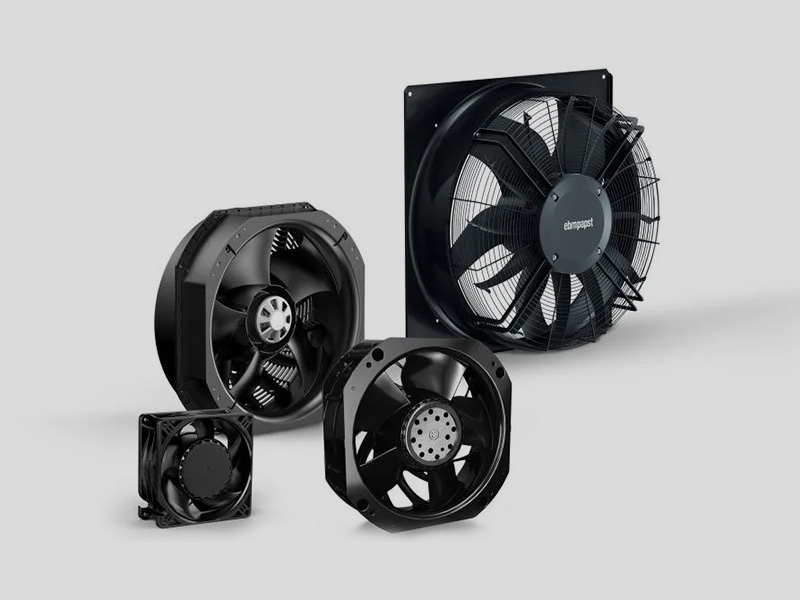
In the axial flow fan sector, ebm-papst's compact axial flow fans excel. These fans can deliver high air volumes up to 65,000 m³/h and operate stably and reliably even under high back pressures of 1,500 Pa, making them ideal for duct ventilation. In a large vertical farm's duct ventilation system, ebm-papst's compact axial flow fans were installed. These fans quickly and effectively deliver fresh air to all growing areas, ensuring crops are always in a well-ventilated environment and promoting healthy growth. Furthermore, these fans are equipped with ideal accessories, such as mesh covers, further enhancing system performance and safety, effectively preventing debris from entering the ventilation system and ensuring the fans' normal operation.
Centrifugal fans are also one of ebm-papst's strengths. When back pressures reach 5,200 Pa, the performance advantages of centrifugal fans are fully demonstrated, with air volumes reaching 30,000 m³/h. They feature forward or backward impellers and can be equipped with volutes depending on the specific application and requirements. The integrated design of the impeller and external rotor motor results in a highly compact centrifugal fan structure. When installed in rooftop ventilation systems, it requires minimal installation space, significantly saving space. In a vertical farm project in a city, where space was limited, ebm-papst centrifugal fans, with their compact design and high efficiency, successfully solved the ventilation problem, providing strong support for the smooth operation of the vertical farm. Furthermore, its power supply is 6-72 VDC or 85-480 VAC, offering broad applicability and adaptability to different power supply environments.
Compact fans, with their energy-efficient operation, play a unique role in vertical agriculture. These fans are widely recognized in the market and are commonly used in supermarket freezers, individual shelf ventilation, and LED cooling, and are also suitable for small planting units in vertical agriculture. In some small vertical planting facilities, compact fans can provide precise ventilation and cooling services to crops with lower energy consumption, effectively reducing operating costs while improving energy efficiency, contributing to the sustainable development of vertical agriculture.
Essential Conditions for High-Efficiency Vertical Agriculture
(I) Precise Environmental Control
In vertical agriculture, environmental factors such as light, nutrients, ventilation, temperature, and humidity play a decisive role in plant growth. Precise control of these factors is the core element for achieving high-efficiency vertical agriculture.
Light is the energy source for plants to perform photosynthesis. Different plants have specific requirements for light intensity, duration, and spectrum at different growth stages. For example, leafy vegetables need high-intensity blue light to promote leaf growth and development, while red light plays a crucial role in flower bud differentiation and flowering in floriculture. Through intelligent lighting systems, vertical agriculture can precisely adjust light parameters according to the needs of plants, achieving efficient utilization of light resources.
Nutrition supply is the material basis for plant growth. Precise nutrient solution formulation and delivery methods ensure plants receive sufficient and balanced nutrients. The composition of the nutrient solution needs to be precisely formulated according to the plant species, growth stage, and environmental conditions to meet the plant's requirements for various mineral elements. For example, during the seedling stage, a higher proportion of nitrogen is needed to promote stem and leaf growth; while during the flowering and fruiting stage, the supply of phosphorus and potassium needs to be increased to promote flower bud differentiation and fruit development. Simultaneously, using precise irrigation and fertilization techniques, such as drip irrigation and aeroponics, allows for timed and quantitative supply of nutrient solutions, improving nutrient utilization efficiency and reducing waste.
Ventilation plays a vital role in regulating the air quality, temperature, and humidity of the plant's growing environment. A good ventilation system can promptly remove harmful gases produced during plant growth, such as carbon dioxide and ethylene, while simultaneously replenishing fresh air, providing sufficient oxygen for plant photosynthesis and respiration. In the high temperatures of summer, ventilation helps lower indoor temperatures, preventing plants from being damaged by overheating. In winter, ventilation regulates indoor humidity, reducing the occurrence of pests and diseases. By designing a proper ventilation system, such as using axial flow fans or centrifugal fans, combined with an intelligent control system, precise adjustment of ventilation volume can be achieved, creating a comfortable growing environment for plants.
Temperature and humidity are crucial environmental factors affecting plant growth and development, directly influencing their physiological activities and metabolic processes. Different plants have different tolerance ranges for temperature and humidity. Generally, most plants thrive best in a temperature range of 20-30℃ and a relative humidity of 60%-80%. In vertical agriculture, by installing air conditioners, humidifiers, and dehumidifiers, combined with temperature and humidity sensors and intelligent control systems, indoor temperature and humidity can be monitored and precisely adjusted in real time, ensuring plants are always in an optimal growing environment. For example, in cold winters, heating equipment can raise indoor temperatures to prevent frost damage; in hot and humid summers, air conditioning and dehumidifiers can lower temperature and humidity, preventing the growth of pests and diseases.
(II) Energy-Efficient Systems
Energy-efficient systems are crucial for the sustainable development of vertical agriculture, permeating all aspects of production, including air conditioning, nutrient supply, and automated product handling.
Regarding air conditioning systems, vertical agriculture requires highly efficient and energy-saving equipment to maintain stable indoor temperature and humidity. Traditional air conditioning systems are energy-intensive, while ebm-papst's advanced air conditioning solutions employ efficient cooling and heating technologies and intelligent control algorithms. These solutions automatically adjust their operation based on changes in the indoor and outdoor environment, achieving precise temperature control while reducing energy consumption. In a large vertical farm, the installation of ebm-papst's energy-efficient air conditioning system reduced energy consumption by more than 30% compared to traditional systems, effectively lowering operating costs. Furthermore, optimizing the coordination between the ventilation and air conditioning systems further improves energy efficiency. A well-designed ventilation system reduces air conditioning operating time, utilizing natural ventilation to lower indoor temperatures and thus reducing the system's energy consumption.
Energy efficiency in the nutrient supply system is equally critical. Precise nutrient solution preparation and supply technology avoids nutrient waste and improves nutrient utilization efficiency. ebm-papst's automated nutrient solution supply system employs advanced sensors and intelligent control algorithms to monitor plant growth status and nutrient requirements in real time, precisely adjust the composition and concentration of the nutrient solution, and automatically adjust the supply time and dosage according to the plant's growth stage and environmental conditions. This precise supply method not only ensures that plants receive sufficient nutrition but also reduces the overuse of nutrients, lowering production costs. Compared to traditional nutrient solution supply methods, using ebm-papst's automated system can save 20%-30% of nutrient solution usage.
Automated product handling and transportation systems improve production efficiency while also achieving energy-saving goals. In vertical agriculture, a large amount of agricultural products require processing stages such as harvesting, sorting, packaging, and transportation. Using automated equipment, such as robotic harvesting systems, intelligent sorting lines, and automated transportation equipment, can reduce manual operation, increase work efficiency, and reduce labor intensity. These automated devices typically employ advanced energy-saving technologies, such as high-efficiency motors and intelligent control systems, enabling energy conservation and consumption reduction during operation. In a modern vertical farm, the introduction of automated harvesting robots has increased harvesting efficiency by over 50% and reduced energy consumption by approximately 40% compared to manual harvesting. Simultaneously, the rational layout and intelligent scheduling of automated transportation equipment optimizes transportation routes, reduces energy waste during transport, and further enhances the economics and sustainability of vertical agriculture.
Future Prospects for Vertical Agriculture
As an innovative agricultural model for addressing global climate change, the importance of vertical agriculture is self-evident. It not only provides a new approach to solving food security issues but also plays a crucial role in resource utilization, environmental protection, and sustainable development. In the future, with continuous technological advancements and innovation, vertical agriculture is expected to enjoy even broader development prospects.
From a technological innovation perspective, vertical agriculture will develop towards greater intelligence, automation, and efficiency. Advanced technologies such as artificial intelligence, big data, and the Internet of Things will be deeply integrated into all aspects of vertical agricultural production, enabling precise control of the plant growth environment and intelligent management of the production process. Through intelligent sensors and automated equipment, the growth status of plants and environmental parameters can be monitored in real time, and light, temperature, humidity, and nutrient supply can be automatically adjusted based on data analysis, further improving crop yield and quality. With the development of biotechnology, new plant varieties will continuously emerge. These varieties will be better adapted to the growth environment of vertical farming, exhibiting higher yields, better quality, and stronger disease resistance.
In terms of market demand, as people's living standards improve and their focus on healthy food increases, the demand for fresh, green, and organic agricultural products will continue to grow. Agricultural products produced through vertical farming, due to their advantages such as no pesticide residues, high freshness, and controllable quality, will be favored by consumers. Especially in urban areas, vertical farming enables localized production of agricultural products, shortens the supply chain, reduces losses and carbon emissions during transportation, and meets the immediate demand of urban residents for fresh agricultural products. With the acceleration of global urbanization, the continuous increase in urban population, and the increasing scarcity of urban land resources, vertical farming, as an efficient agricultural model for utilizing urban space, will play an important role in urban agricultural development, providing cities with more green space and agricultural product supply.
Government policy support will also provide strong impetus for the development of vertical farming. Many countries and regions have recognized the importance of vertical farming in addressing climate change and ensuring food security, and have introduced relevant policies and measures to encourage and support its development. Some countries offer financial subsidies and tax incentives to reduce the operating costs of vertical farming enterprises; some regions have formulated relevant plans to guide the rational layout and development of vertical farming projects. In the future, with the continuous optimization of the policy environment, vertical agriculture will usher in better development opportunities.
However, the development of vertical agriculture also faces some challenges, such as high construction costs and high energy consumption. But with technological advancements and the emergence of economies of scale, these problems are expected to be gradually resolved. For example, the application of new building materials and energy-saving technologies will reduce the construction and operating costs of vertical agriculture; the widespread application of renewable energy will reduce dependence on traditional energy sources, lowering energy consumption and carbon emissions.
As an important agricultural model for addressing global climate change, vertical agriculture has enormous development potential and broad application prospects. We look forward to governments, enterprises, research institutions, and all sectors of society strengthening cooperation to jointly promote the innovation and development of vertical farming technologies and make greater contributions to achieving global food security, environmental protection, and sustainable development. Let us join hands to welcome the era of vertical agriculture and create a greener, healthier, and better future together.


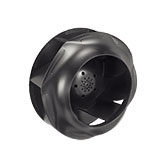


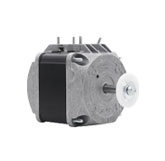




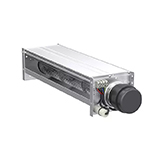
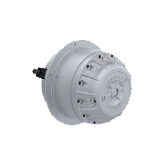


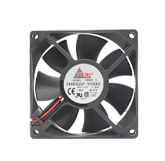


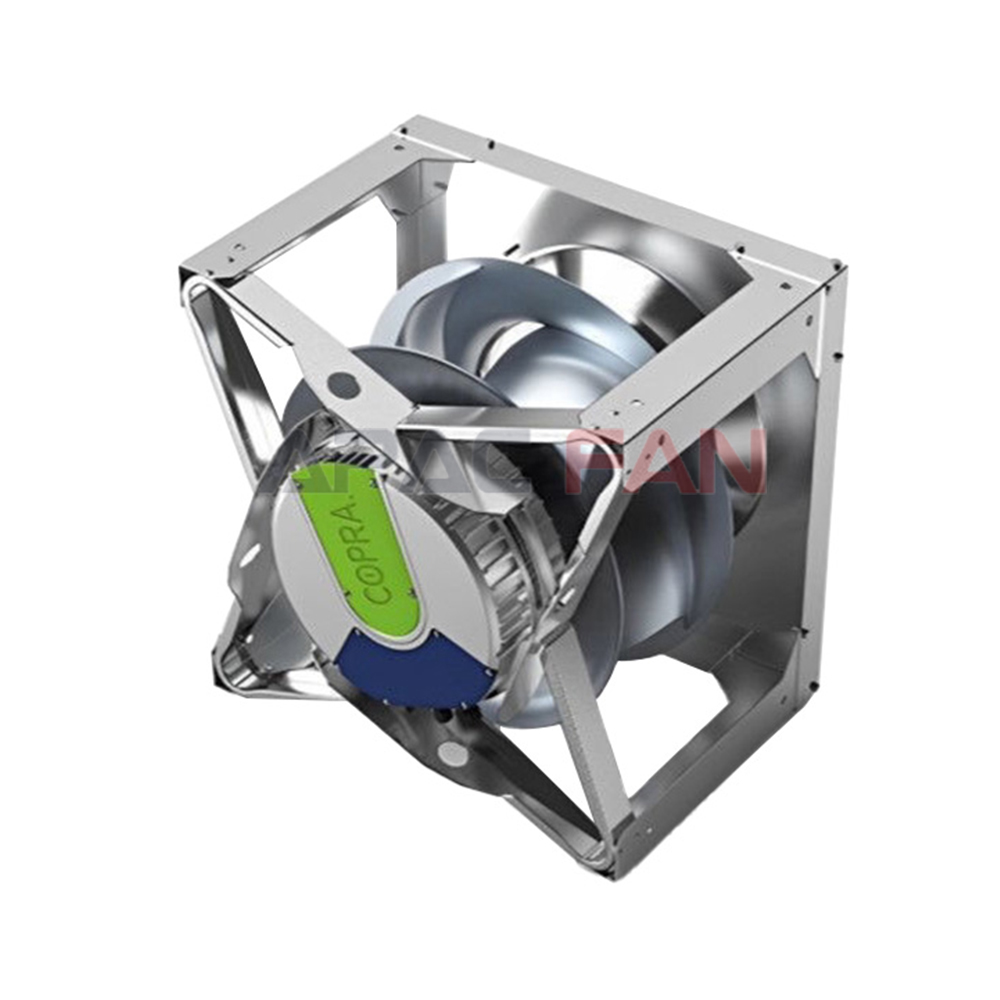


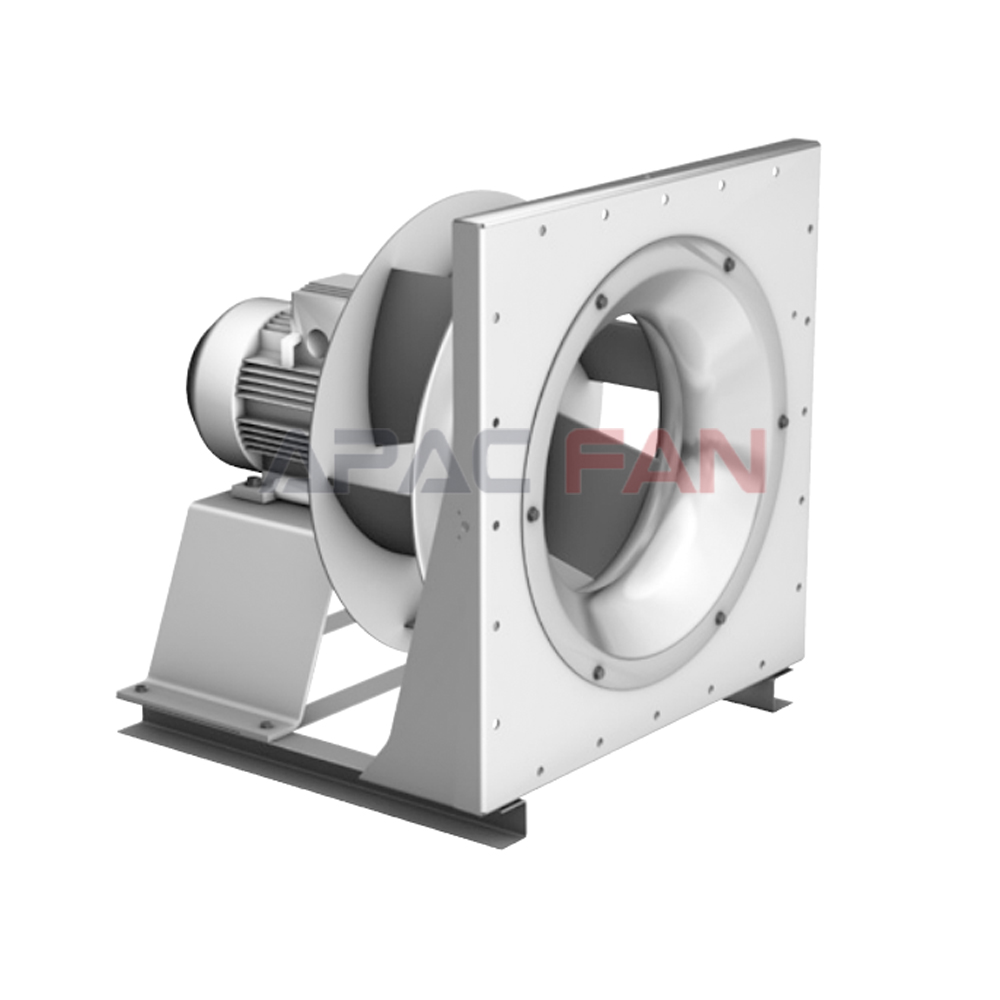


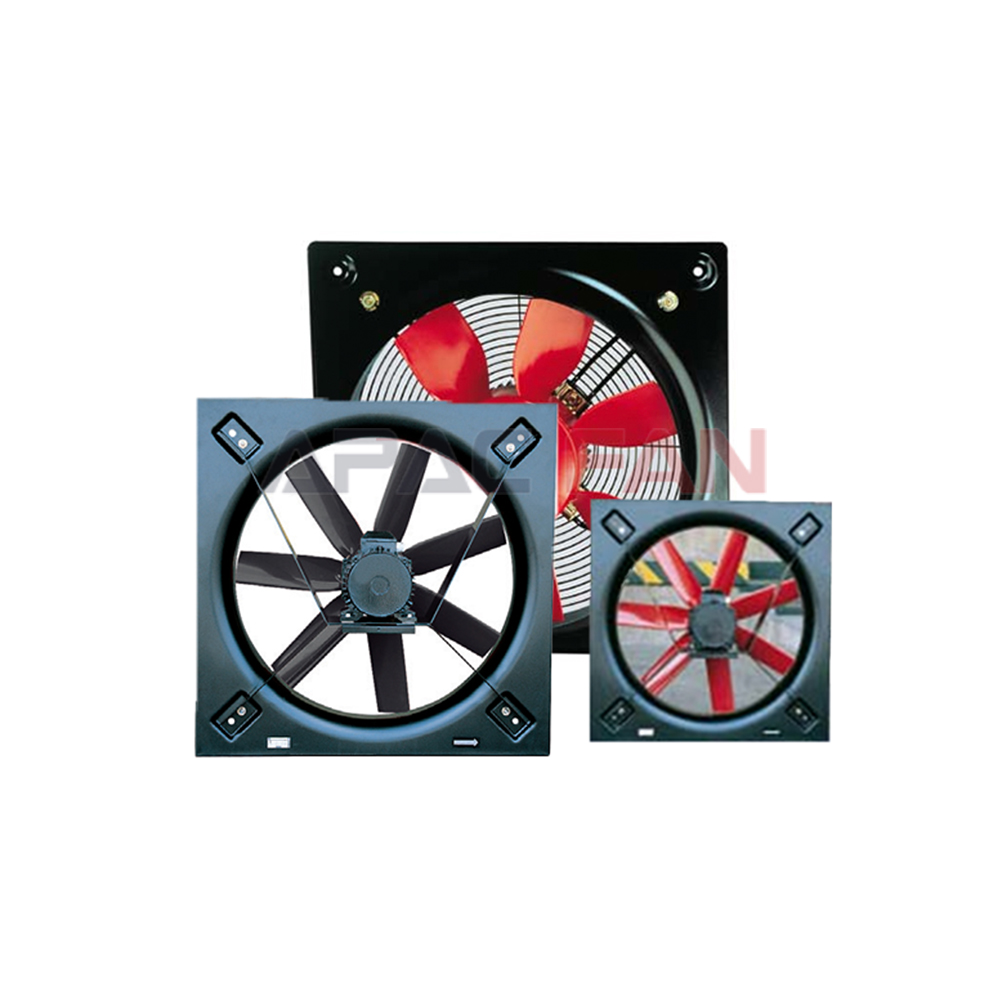
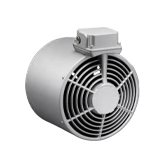
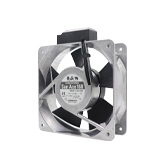







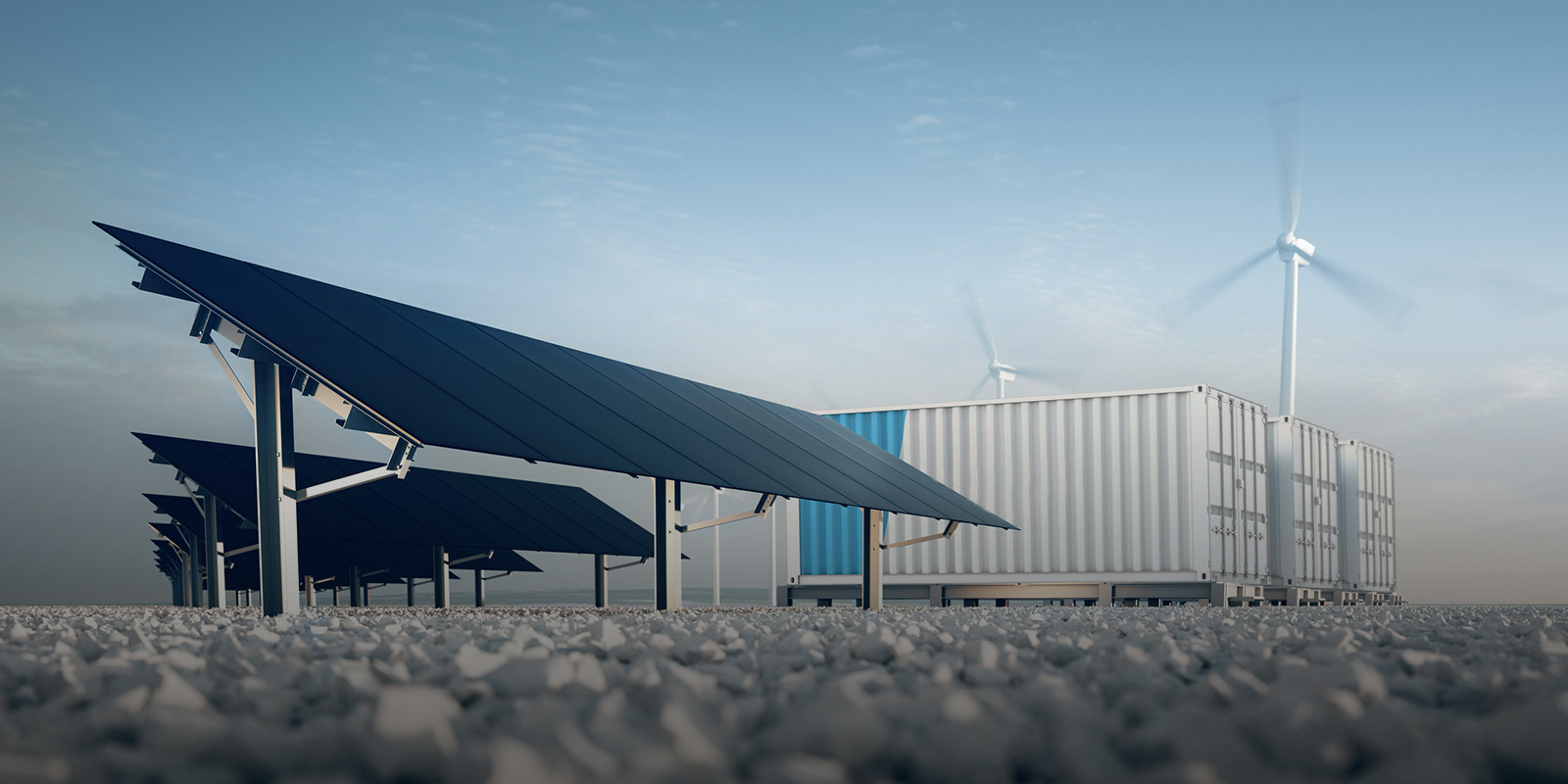
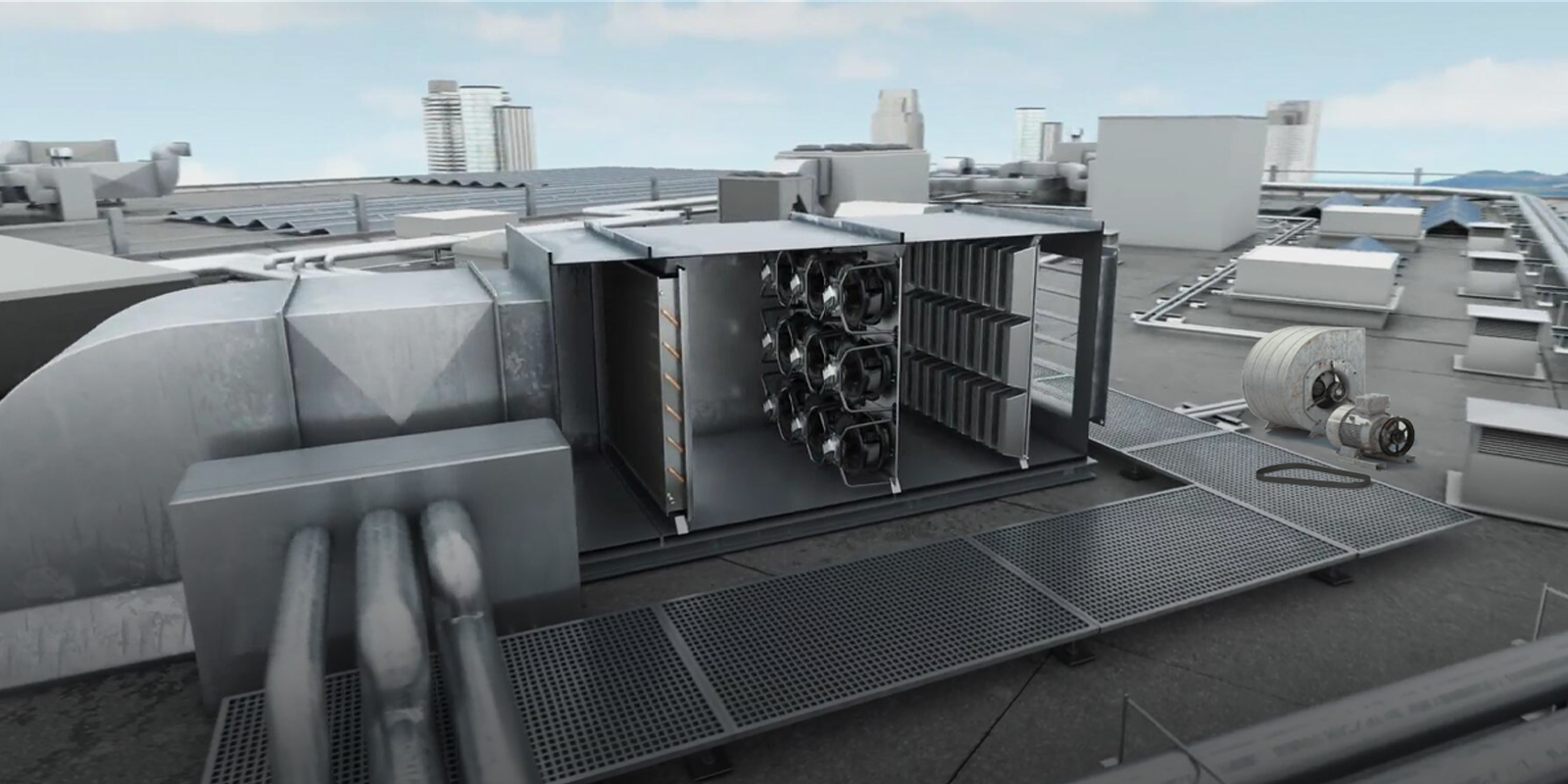
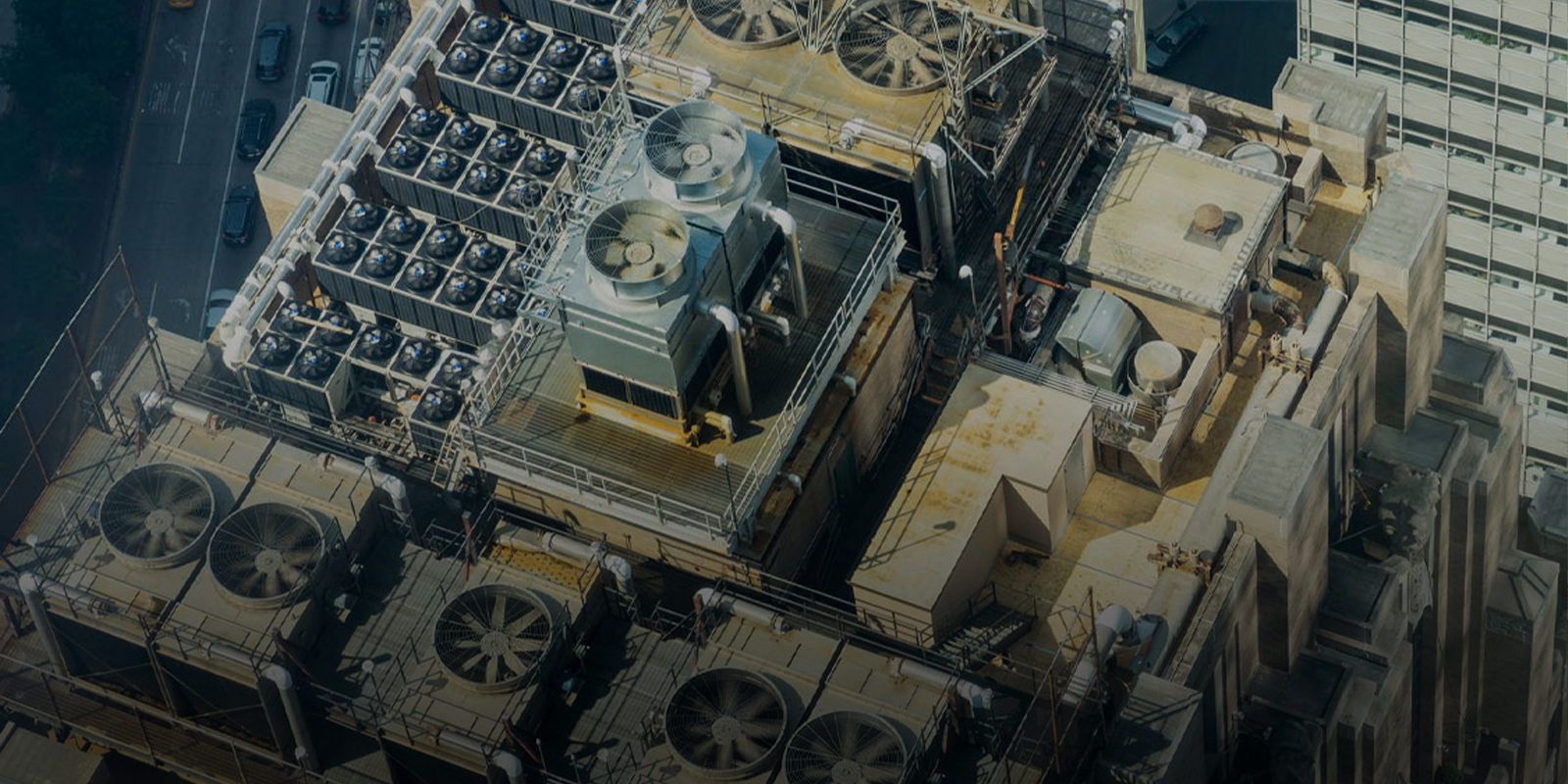

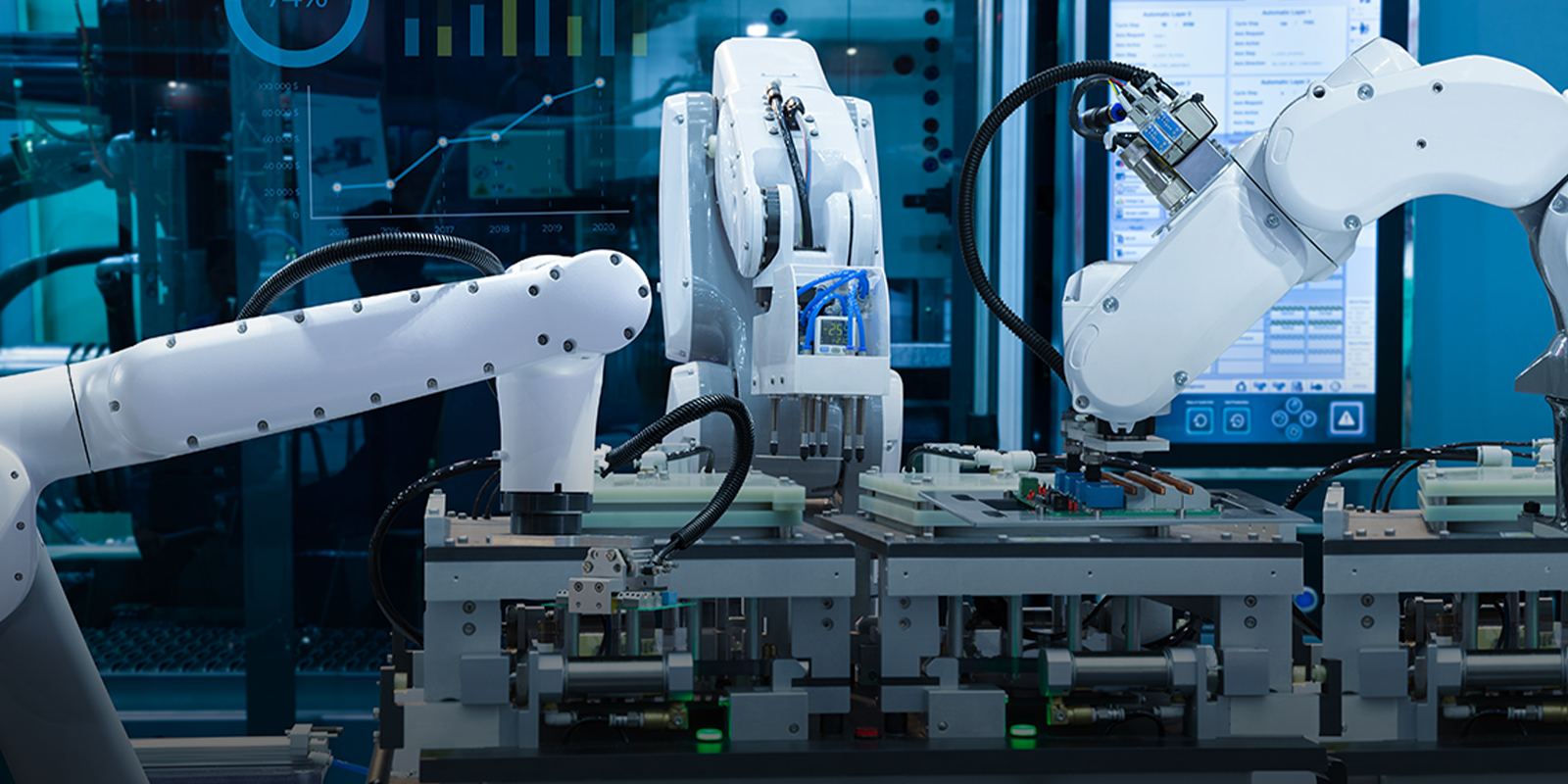
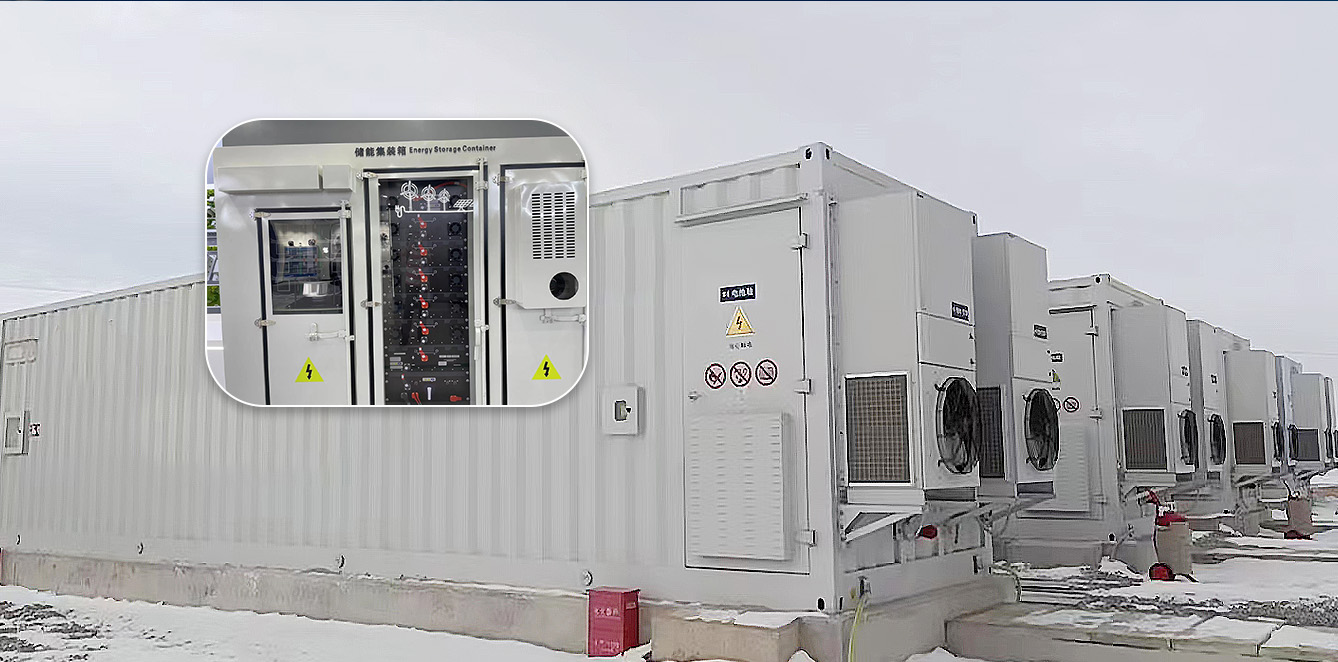
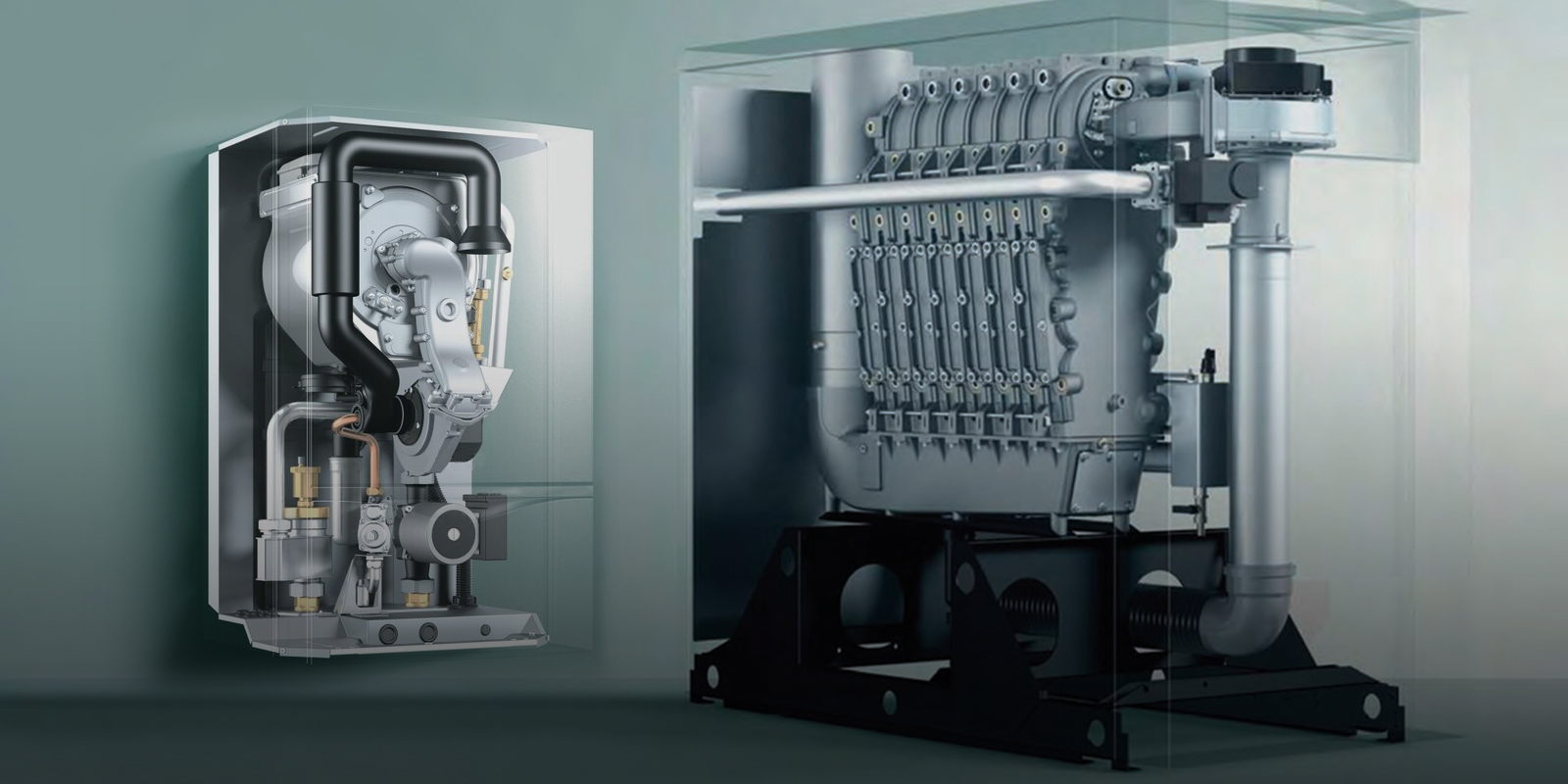


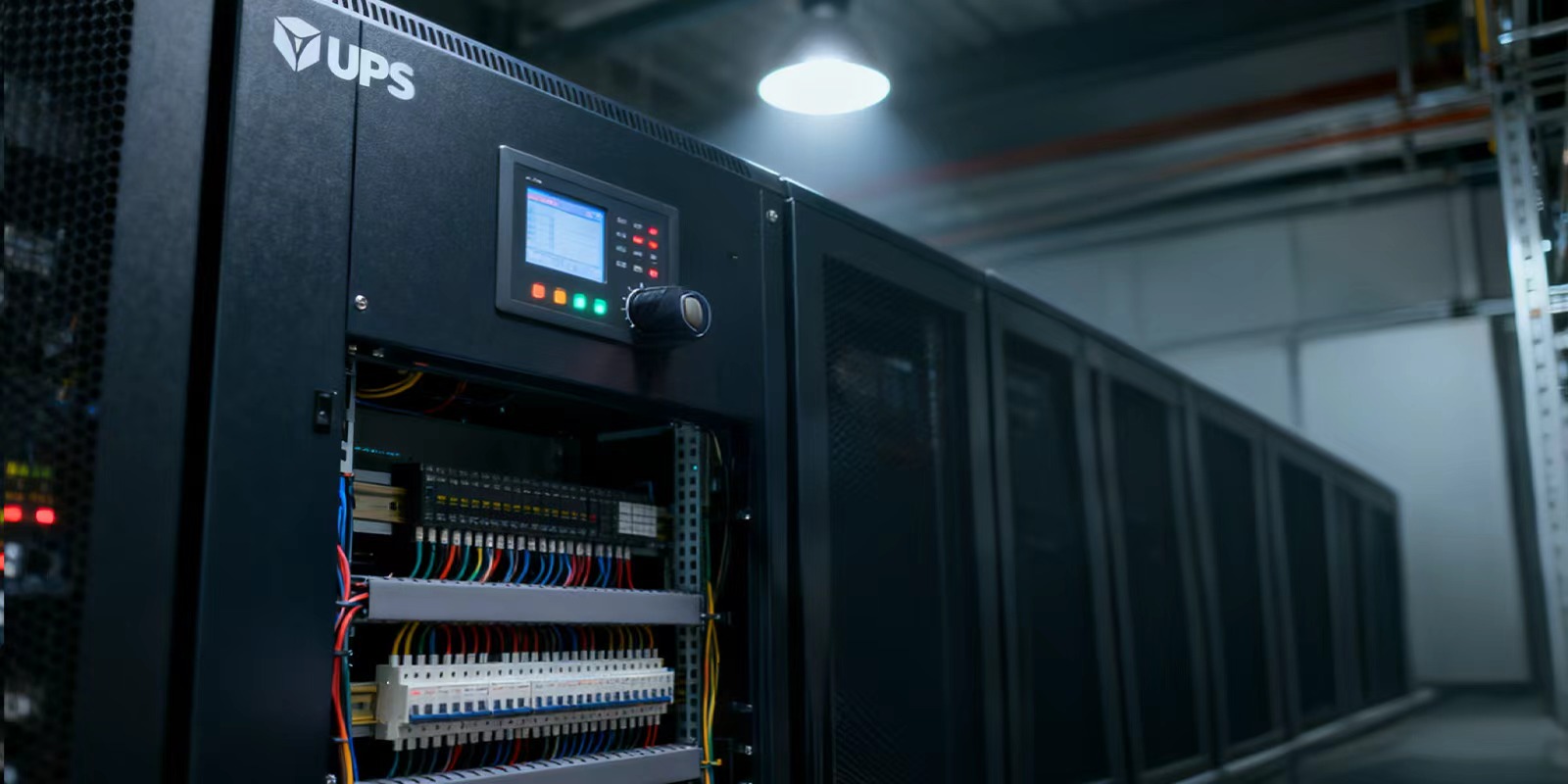

 English
English Français
Français Deutsch
Deutsch Português
Português Español
Español русский
русский  한국어
한국어 العربية
العربية Italiano
Italiano Indonesia
Indonesia Schweiz
Schweiz Polski
Polski Nederlands
Nederlands ישראל - עברית
ישראל - עברית Perzisch
Perzisch ไทย
ไทย 日本語
日本語 ኢትዮ-አማርኛ
ኢትዮ-አማርኛ Việt Nam
Việt Nam Kiswahili
Kiswahili Srpski
Srpski Ελληνικά
Ελληνικά 繁體中文
繁體中文
